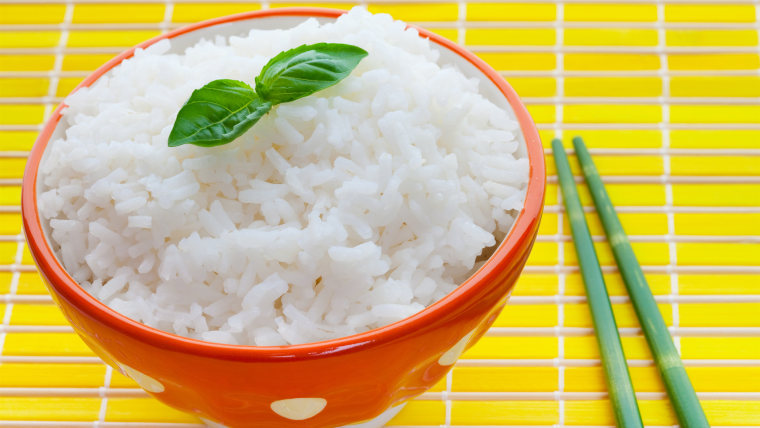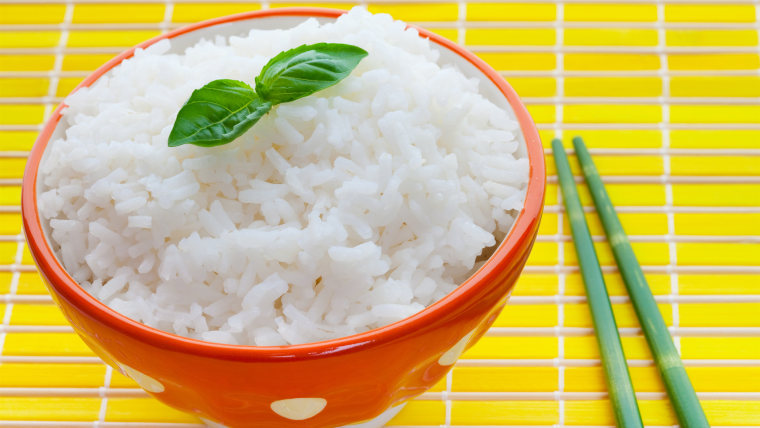For those with Celiac disease or a gluten sensitivity, a wheat-free diet can be a challenge. And while there are many grain options to choose, rice-based foods and flour substitutes are a popular choice.
But in the past few months, a focus on the presence of trace amounts of arsenic in rice has been a cause for concern for many. Should you be worried?
You might be surprised to know that traces of arsenic are present in many foods, including grains, fruits and vegetables. These tiny amounts come from the plant absorbing arsenic from the soil. While most plants do not absorb much arsenic from the soil, rice does so more readily.

Last year, the FDA tested 1,300 samples of rice and rice products for arsenic and founds amounts in rice and rice products varying from 0.1 micrograms to 7.2 micrograms of per serving. And amounts vary with serving size — from a full serving (like a cooked cup of rice) to a quarter of a serving (a rice-based snack bar). Documenting the presence in arsenic in various foods is the first step for the FDA. The next step is to do an assessment of any potential long term risk that might ultimately modify current recommendations.
From the current evidence-based science, the FDA indicates that rice can be safely consumed as part of a varied diet by everyone, including pregnant women. Since rice is also a staple of infants and children, they further support the guidelines of the American Academy of Pediatrics to feed their infants and toddlers a variety of grains, including rice cereal for infants.
The message is clear, but may seem less definitive to some consumers. Yes, there are trace amounts of arsenic in rice. No, there is no apparent health risk, and rice can be consumed safely as part of a healthy diet. The key point is “moderation” — and choosing rice as one of the grains in the diet, rather than as an exclusive choice, is a healthful choice.
For those seeking gluten-free foods, here are tips. Always check with your doctor for personal advice:
- Go for variety. Gluten-free breads, cookies, cakes, flours and other foods are available using chickpeas, corn, potato flour, buckwheat, teff (a nutty-flavored grain), and tapioca, among others. Read the back panel nutrition label carefully when a product says “gluten-free."
- You can reduce the trace amounts of arsenic in rice when cooking it at home. Rinse the raw rice thoroughly in water, then cook it the same way as pasta: Use a large amount of water and drain when done (for 1 cup of raw rice, this means boiling in at least 5-6 cups of water).
